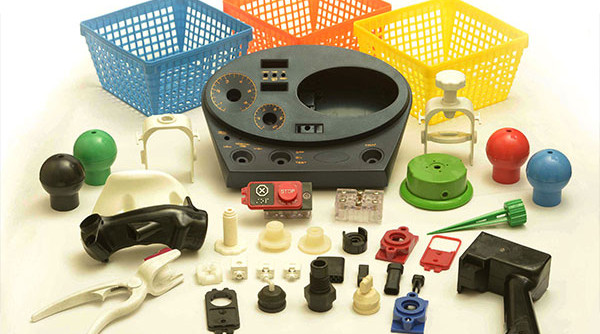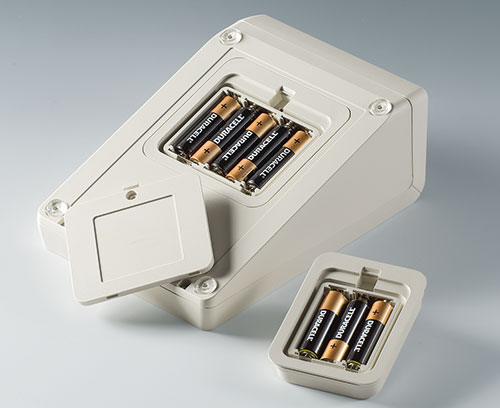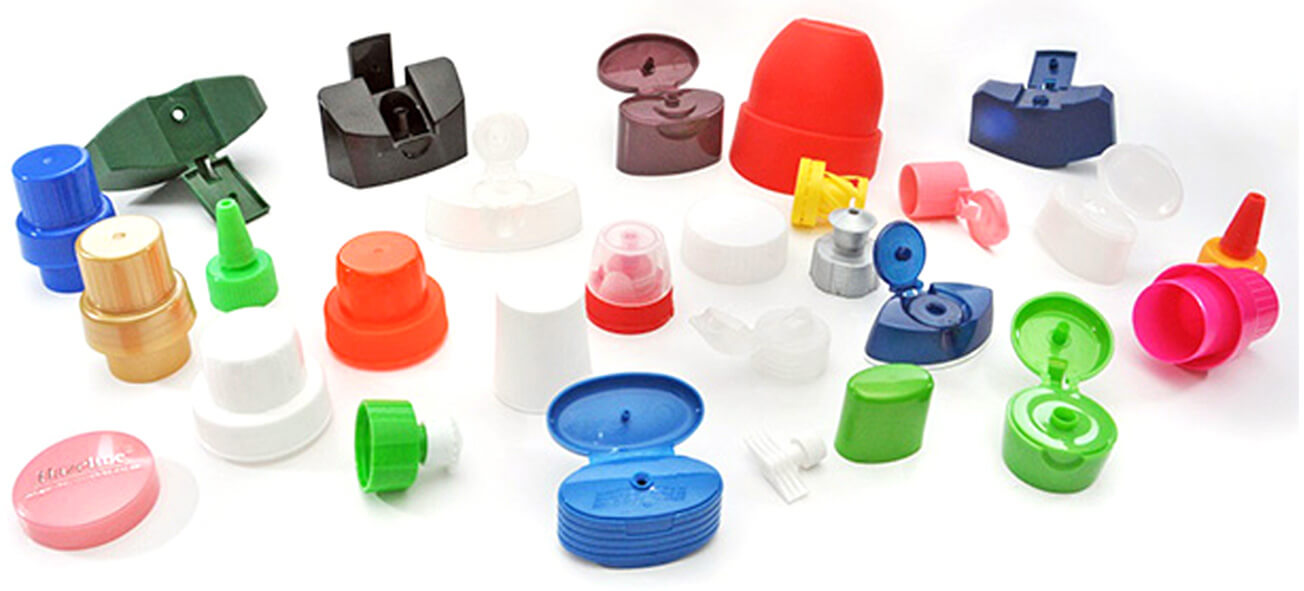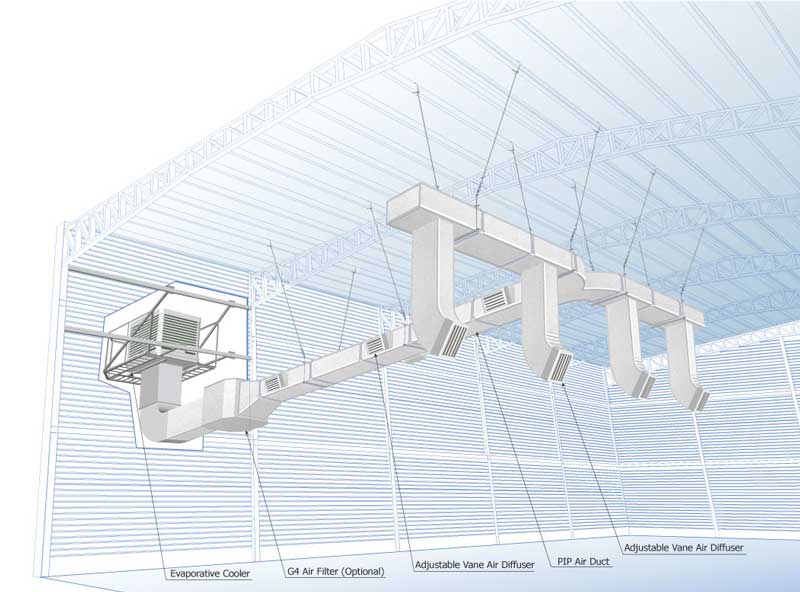What products are made by injection molding:Injection molding produces products such as toys, automotive parts, medical devices, containers, household items and so on.

Introduction to Injection Molding
Materials Commonly Used
Some of the most commonly used ones include:
Common examples are Polyethylene (PE), Polypropylene (PP), and Polyvinyl Chloride (PVC).
Examples include Bakelite and melamine.
Elastomers: These are rubber-like materials that can stretch without permanently deforming. Examples include silicone and natural rubber.
Consumer Electronics
Smartphone Components
- Casing: The outer shell that houses the internal components, often made from durable plastics to withstand daily wear and tear.
- Buttons: Whether they’re physical or capacitive, buttons require precise manufacturing to ensure responsiveness.
TV Remote Casings
Anyone who has watched TV knows the importance of the remote control. Key components of these remotes, especially the casings, are products of injection molding:
- Outer Shell: Typically made from a durable plastic, this shell protects the remote’s electronic components.
- Button Grid: This grid contains the individual buttons, ensuring each one aligns correctly with its corresponding function.
- Battery Compartment: A specifically molded section that holds the batteries securely in place.

Computer Keyboards and Mouse Parts
Computers have become essential tools in our daily lives. The peripherals we use to interact with them, such as keyboards and mice, also utilize injection molding:
- Keyboard Keys: Each key is often individually molded to ensure consistency in feel and response.
- Mouse Casing: The outer shell of a mouse needs to be both durable and ergonomically shaped, making injection molding an ideal choice.
Automotive Components
The automotive industry has greatly benefited from advancements in injection molding. From enhancing the aesthetics of vehicles to ensuring the functionality of vital parts, injection molding plays a key role in car manufacturing.
Dashboard Components
Modern car dashboards are intricate assemblies, housing various instruments and controls for the vehicle:
- Instrument Clusters: This houses the speedometer, tachometer, fuel gauge, and other essential readouts. Each detailed component often uses injection molding for precision.
- Control Panels: Housing for radios, climate controls, and touchscreen displays all frequently use injection molded plastics for durability and finish.
Bumper Parts
Bumpers are essential for vehicle safety and aesthetics:
- Bumper Covers: These are the outermost layer of the bumper, typically designed with aesthetics and pedestrian safety in mind.
- Impact Absorbers: Positioned behind the bumper cover, these absorb minor impacts and reduce potential damage.
- Bumper Brackets: These components anchor the bumper to the car’s body, ensuring it remains securely attached.
Interior Buttons and Switches
The tactile experience inside a car is largely due to the plethora of buttons and switches:
- Steering Wheel Controls: Buttons for audio control, cruise control, and other functionalities are often present on modern steering wheels.
- Center Console Switches: These can control everything from audio systems to heated seats.
Medical Devices and Equipment
The medical field heavily relies on precise, durable, and hygienic equipment. Injection molding has become pivotal in achieving these qualities, ensuring the manufacturing of reliable devices essential for patient care and treatment.
Surgical Tools
In modern surgeries, precision is of utmost importance:
- Handles: Many surgical tools have plastic handles, molded to fit comfortably in a surgeon’s hand while providing a firm grip.
Diagnostic Equipment Casings
Diagnostic devices are vital for patient assessments:
- Ultrasound Machines: The external casings and control buttons for these devices are manufactured for durability and ease of use.
- Blood Glucose Monitors: These small devices, crucial for diabetics, use injection molded parts for their casing and button interfaces.
Toys and Children’s Products
The world of toys and children’s products is vibrant and ever-evolving. These products not only entertain but often aid in the developmental growth of children. Injection molding, with its adaptability and precision, has long been a go-to method for producing these cherished items.
Building Blocks (e.g., LEGO)
These iconic, interlocking bricks have been a staple in children’s playrooms for decades:
- Minifigures: The tiny characters that inhabit the LEGO world are also products of injection molding, complete with their interchangeable hats, hair, and tools.
Doll Components
- Heads and Limbs: These parts are often molded separately and then assembled, allowing for varied designs and movements.
- Accessories: Little shoes, handbags, and even tiny jewelry for dolls often come out of precise injection molds.
- Houses and Furniture: Miniature chairs, tables, and even intricate dollhouses are manufactured using this method, bringing a doll’s world to life.
Household and Kitchenware
Household and kitchenware items are essential components of daily life. These products not only serve functional roles but also reflect style and personal preferences. The manufacturing quality, durability, and design intricacies required for these items make injection molding an ideal choice for their production.
Tupperware and Food Containers
Preserving the freshness of food and ensuring easy storage are the main aims of these products:
- Sealable Lids: Airtight seals are crucial for maintaining food quality. The precision of injection molding ensures these lids fit snugly.
- Divided Containers: Some containers have multiple compartments, allowing for the separation of different food items within a single container.
Utensils and Cutlery
From eating to cooking, these tools play a significant role:
- Serving Tools: Items like salad servers, tongs, or pasta forks, frequently use plastic components for both durability and design.
- Specialized Utensils: Think of tools like avocado slicers, cheese spreaders, or even some types of garlic presses. Their unique shapes and functions often benefit from the molding process.
Bottle Caps and Closures
Sealing beverages and other liquids securely is of utmost importance:
- Screw Caps: Commonly found on water bottles or soda containers, these caps are designed for easy opening and secure closure.
- Child-Resistant Caps: Often used for medications or household chemicals, these are designed with safety mechanisms to prevent accidental ingestion.
- Flip-top Closures: Found on many condiment bottles or personal care products, these provide easy access while also ensuring the product doesn’t spill.

Packaging Solutions
Packaging is not merely about encasing a product. It’s about protecting its integrity, ensuring user-friendliness, and enhancing the overall consumer experience. Injection molding offers versatile solutions to address the unique requirements of different industries and products.
Cosmetic Containers
The beauty industry demands elegant yet functional packaging:
- Compact Cases: From eyeshadows to blushes, molded plastic ensures the product is secure and comes in a stylish case.
- Lipstick Tubes: Precision is crucial to ensure the twist mechanism works seamlessly and the cap snaps shut.
- Foundation Bottles: Often equipped with a pump mechanism, these bottles ensure easy dispensing of liquid makeup products.
Dispenser Bottles
These bottles have transformed the ease of accessing everyday products:
- Soap Dispensers: With a pump mechanism, these bottles allow for a mess-free hand or dishwashing experience.
- Spray Bottles: Used for cleaning agents or even fragrances, the nozzle design is crucial for an efficient spray.
- Lotion Bottles: The dispenser is designed to ensure even the thickest creams glide out smoothly.
Tube Caps
Tube packaging is prevalent, and the caps play a pivotal role:
- Twist Caps: Common on toothpaste tubes, they ensure the product remains sealed when not in use.
- Flip Caps: Often found on creams or gels, they offer easy access and secure closure.

Sports and Recreation Equipment
In sports and recreation, equipment’s functionality, safety, and durability are paramount. Injection molding plays a crucial role in ensuring athletes and enthusiasts have the right gear.
Protective Gear (e.g., Helmet Components)
Safety first in any sport:
- Inner Cushioning: Many helmets have an inner foam layer molded to provide comfort and shock absorption.
- Adjustment Mechanisms: Many helmets come with adjustable straps or dials, ensuring a snug fit for different users.
Sports Accessories (e.g., Goggles)
These enhance performance and safety:
- Lenses: Molding ensures clarity and shape consistency, vital for clear vision during sports activities.
- Straps and Seals: These are made to be durable, comfortable, and water-resistant, especially for sports like swimming.

Footwear Components
The right footwear can enhance an athlete’s performance:
- Sole Inserts: Molded to provide cushioning and arch support, aiding in comfort and performance.
- Cleats or Studs: Often found on sports shoes for sports like soccer or baseball, they’re molded for grip and durability.
- Shoe Buckles and Fasteners: Designed for quick adjustments and to stay securely in place during intense activity.
Industrial Components
In the industrial sector, the precision, durability, and customization capabilities provided by injection molding are unparalleled. As industries evolve, so does their reliance on sophisticated machinery and components. Injection molding ensures the creation of parts that can withstand the demanding environments of industrial applications.
Gears and Bearings
At the heart of many machines:
- Transmission Gears: Essential for changing the speed and torque in motorized machinery, they require precise teeth alignment.
- Bearing Cages: Hold the rolling elements in a bearing assembly, ensuring smooth movement and minimizing friction.
- Pulley Systems: Used in lifting or transmitting power, the molded pulleys ensure smooth operation and reduced wear and tear.
Housing for Machinery
Protecting the core machinery components:
- Enclosures: These are designed to protect sensitive equipment from external factors like dust, moisture, or mechanical impacts.
- Control Panels: Many industrial machines have control interfaces that are housed in molded plastic for durability and user safety.
- Ventilation and Cooling Systems: Components like fan blades or vents, designed to maintain optimal operating temperatures for machinery.

Customized Machine Parts
Meeting unique industry-specific requirements:
- Nozzles and Sprayers: Used in industries like agriculture or painting, they’re designed for precision and consistent output.
- Tool Grips: Many industrial tools have ergonomic grips or handles, ensuring user comfort during prolonged use.
- Connectors and Joints: Customized to connect different parts of a machine or system, ensuring seamless operation.





